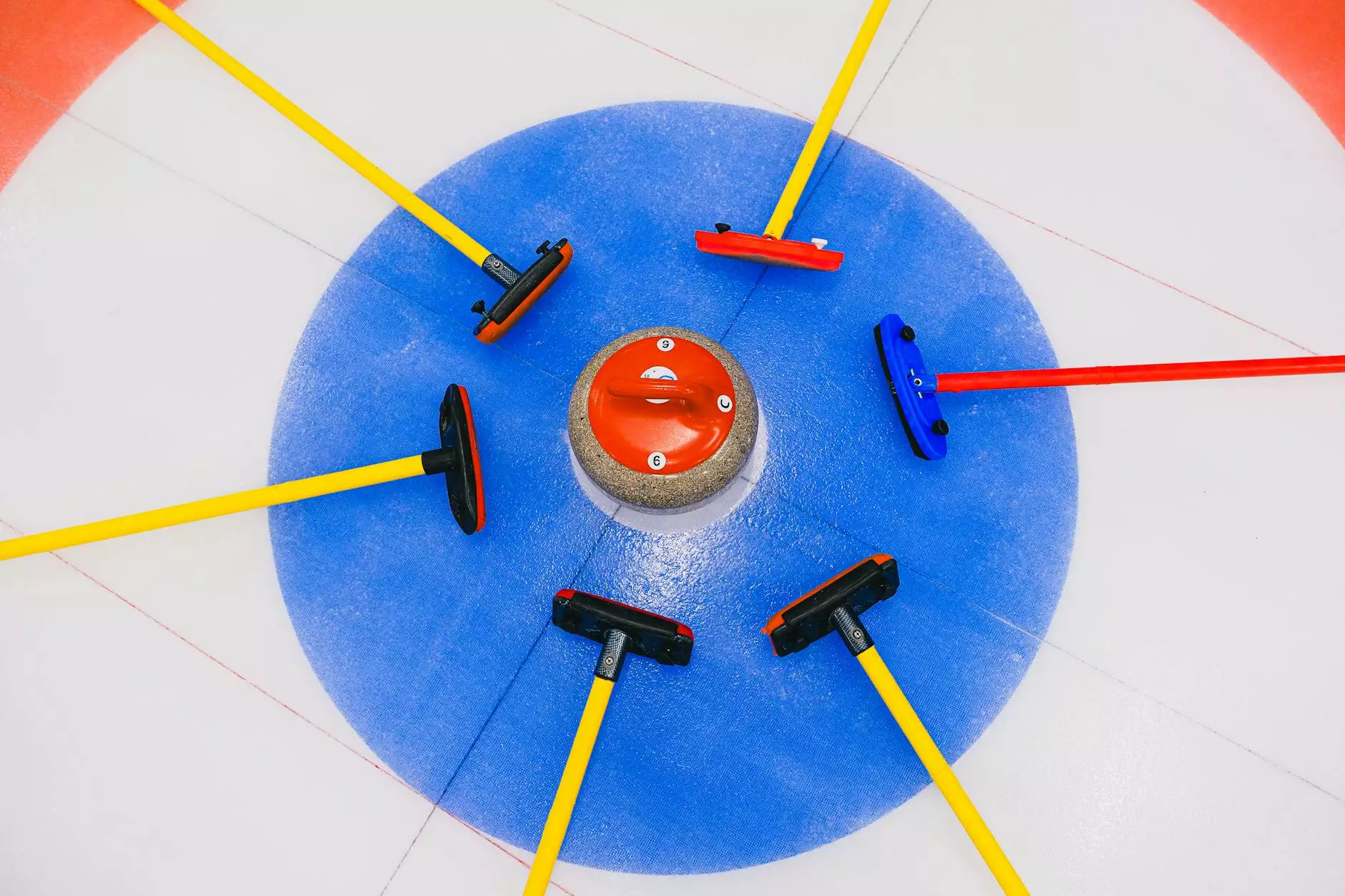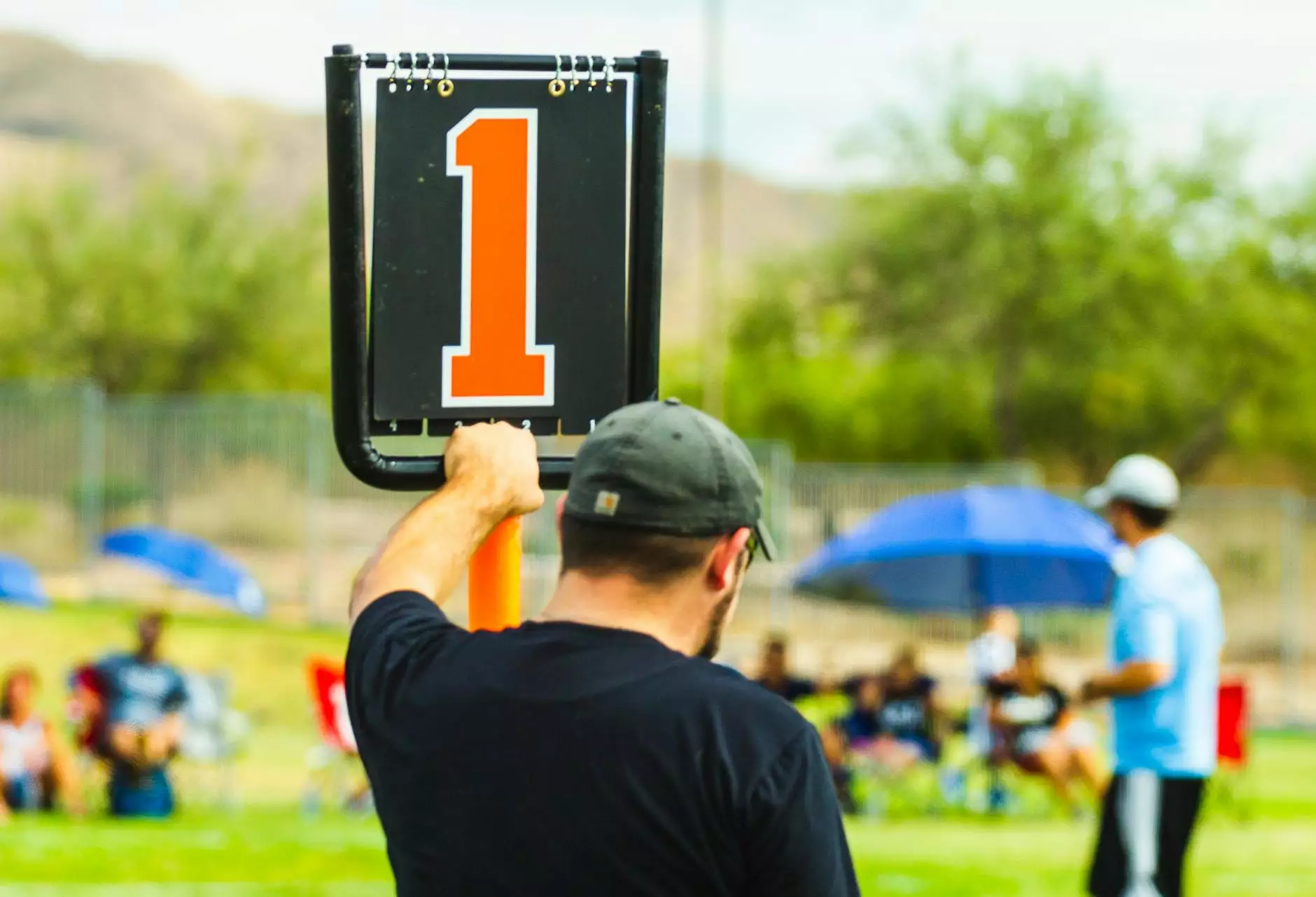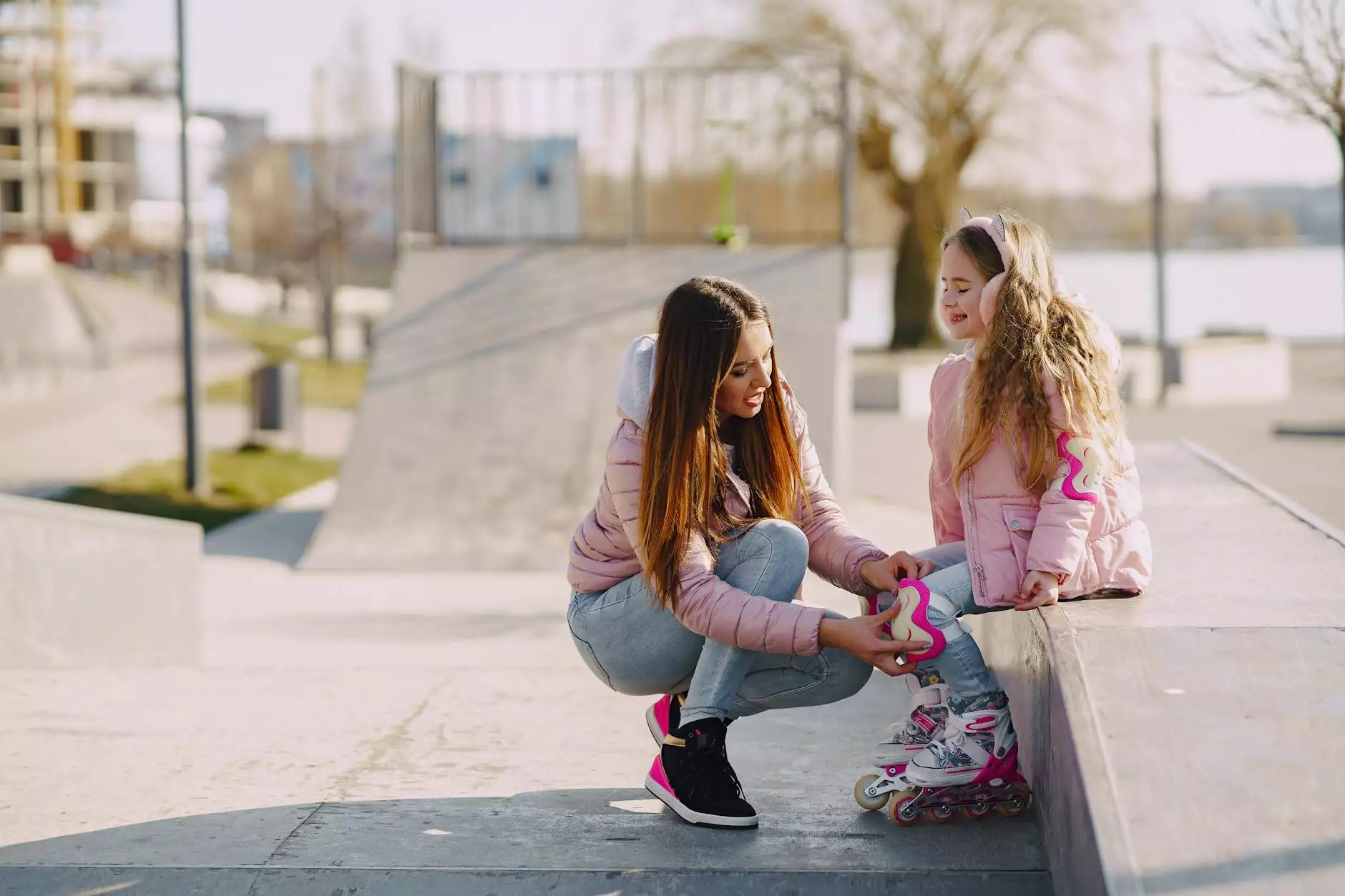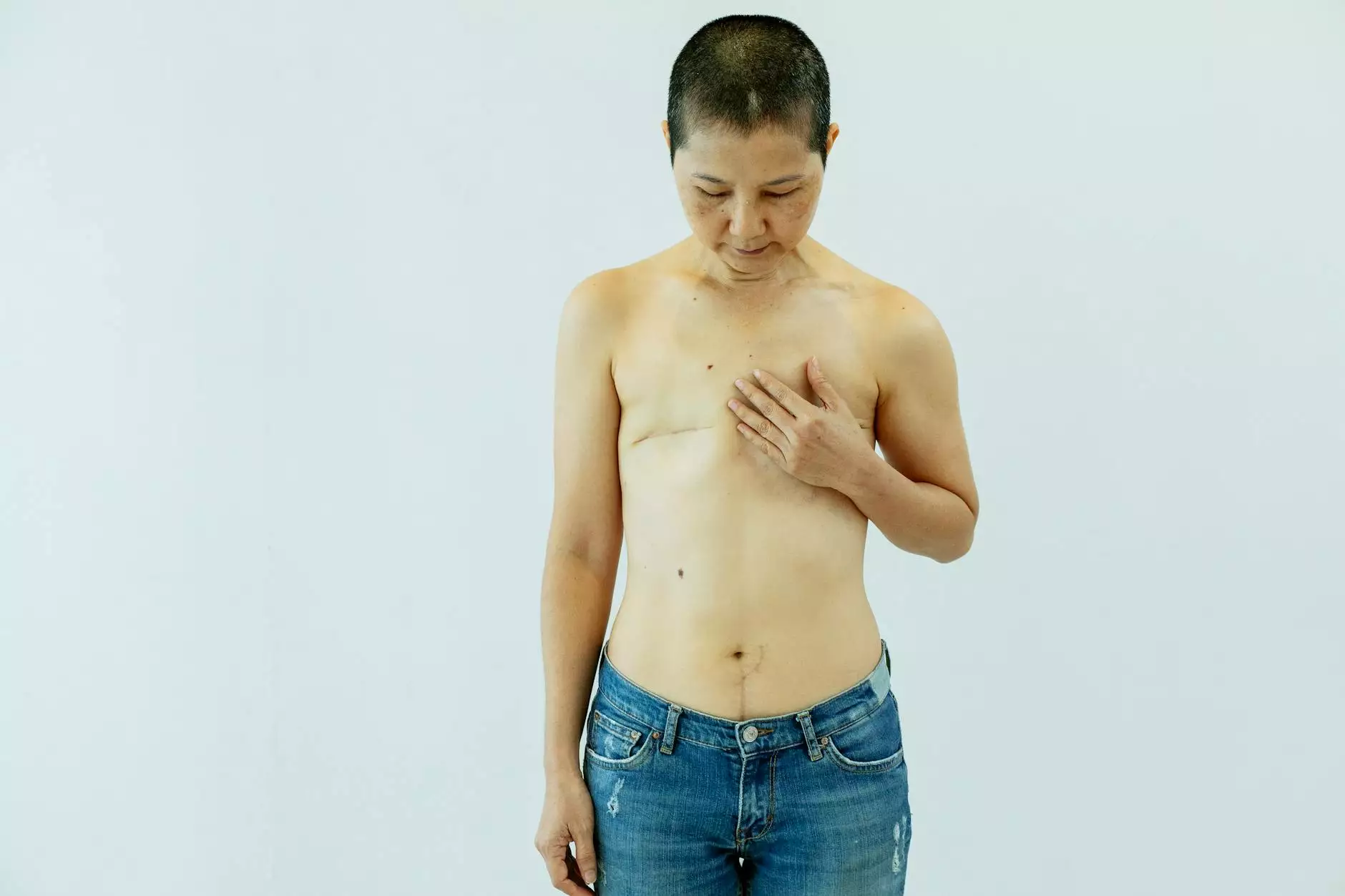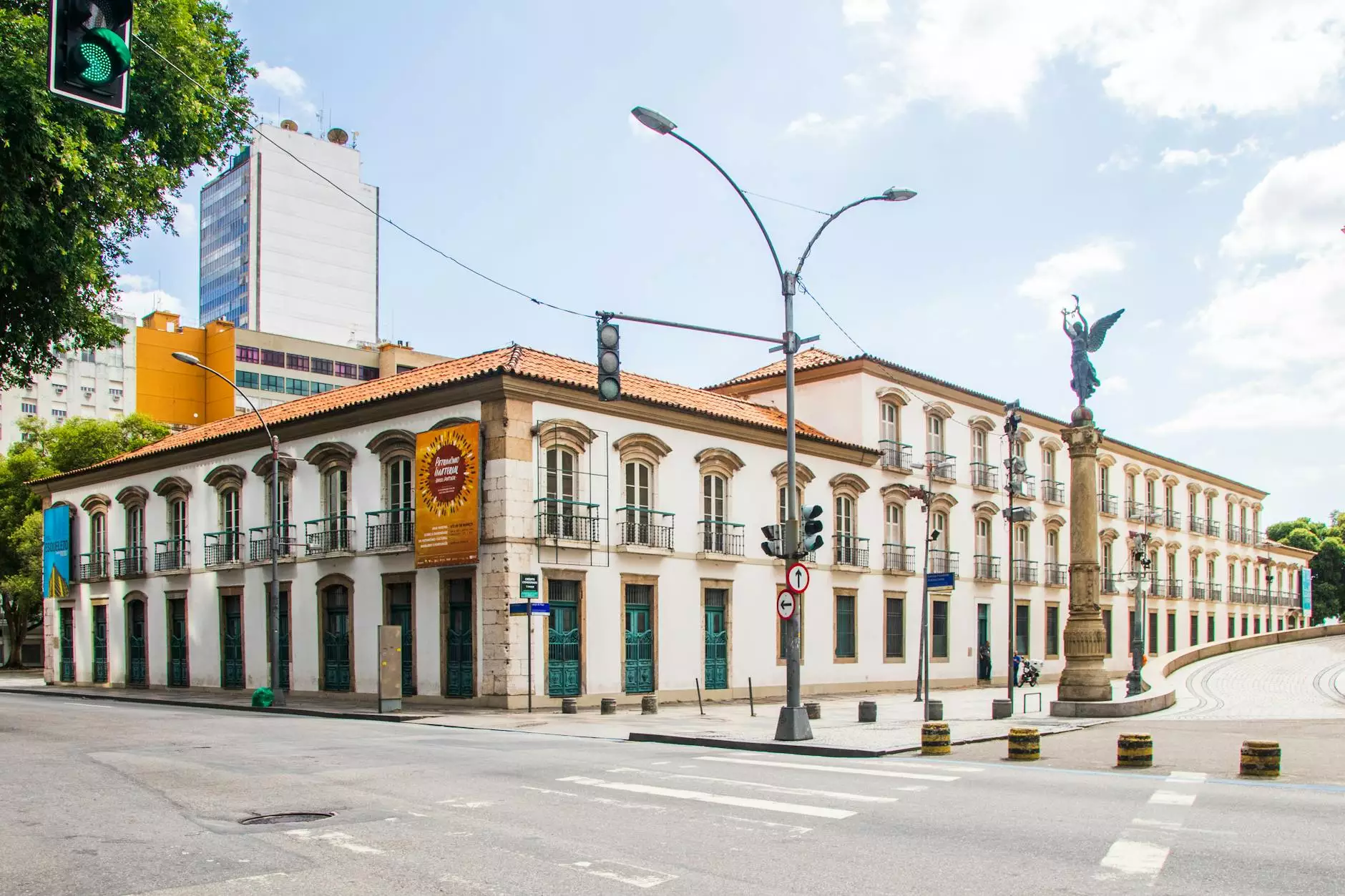Are Central, Foraminal, & Lateral Spinal Stenosis All the Same?
Blog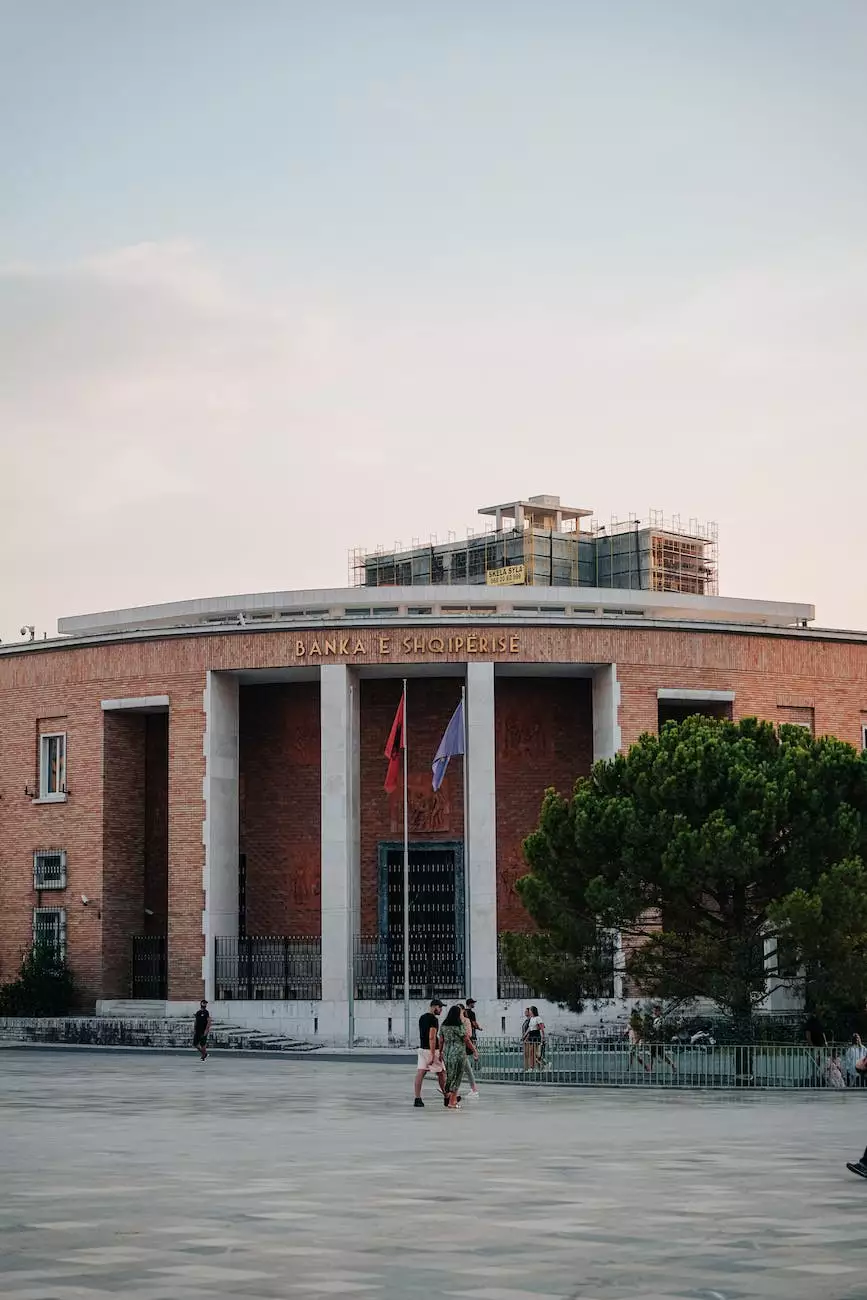
Welcome to Regency Square Care Center, your trusted source for comprehensive health information in geriatric and aging care. In this article, we'll take a closer look at central, foraminal, and lateral spinal stenosis – what they are, their differences, causes, symptoms, and treatment options.
The Basics of Spinal Stenosis
Spinal stenosis is a common condition that occurs when the spaces within your spine narrow, putting pressure on the spinal cord and nerves. This compression can lead to various symptoms, depending on the location and severity of the stenosis.
Central Spinal Stenosis
Central spinal stenosis refers to the narrowing of the spinal canal, which is the hollow space that houses the spinal cord. This type of stenosis typically affects the lower back (lumbar spine) or neck (cervical spine) regions. The main cause of central spinal stenosis is age-related degenerative changes in the spine, such as the growth of bone spurs or thickened ligaments.
- Causes: Age-related degenerative changes, herniated discs, spinal tumors, spinal injuries
- Symptoms: Back or neck pain, numbness or tingling in the extremities, leg or arm weakness, difficulty walking or maintaining balance
- Treatment: Non-surgical options (medications, physical therapy, epidural steroid injections), surgical interventions (laminectomy, spinal fusion)
Foraminal Spinal Stenosis
Foraminal spinal stenosis occurs when the openings called neural foramina, through which nerves exit the spinal column, become narrowed or blocked. This type of stenosis usually affects the cervical or lumbar spine, causing compression of the exiting nerve roots. Degenerative changes in the spine, including herniated discs or bone spurs, are common causes of foraminal spinal stenosis.
- Causes: Degenerative changes, herniated discs, bone spurs, thickened ligaments, spinal trauma
- Symptoms: Radiating pain, numbness or weakness in the extremities, muscle weakness, difficulty with coordination
- Treatment: Conservative treatments (medications, physical therapy, chiropractic care), minimally invasive procedures (nerve blocks, epidural injections), surgery (for severe cases)
Lateral Spinal Stenosis
Lateral spinal stenosis refers to the narrowing of the side openings of the spinal canal, known as the lateral recesses. This type of stenosis can develop in the lumbar and cervical regions, causing pressure on the nerve roots that extend from the spinal cord. Degenerative changes, such as bone spurs or thickened ligaments, are common causes of lateral spinal stenosis.
- Causes: Degenerative changes, bone spurs, thickened ligaments, herniated discs, spinal injuries
- Symptoms: Numbness or tingling in the extremities, weakness, pain that radiates down the legs or arms, difficulty with balance or walking
- Treatment: Conservative measures (rest, physical therapy, pain medications), epidural steroid injections, surgery (for severe cases)
Expert Care for Spinal Stenosis at Regency Square Care Center
At Regency Square Care Center, we specialize in providing exceptional geriatric and aging care services for individuals with spinal stenosis. Our team of highly skilled healthcare professionals is experienced in diagnosing and treating various spinal conditions, including central, foraminal, and lateral spinal stenosis.
With a patient-centered approach, we offer personalized treatment plans tailored to the unique needs of each individual. Whether you require conservative measures such as physical therapy and medication management, or more advanced interventions like minimally invasive procedures or surgery, our team is dedicated to helping you find relief from the symptoms of spinal stenosis.
Contact Regency Square Care Center for Comprehensive Spinal Stenosis Care
If you or a loved one is experiencing symptoms of spinal stenosis, it's essential to seek professional medical care. Regency Square Care Center is committed to delivering comprehensive geriatric and aging care services, including the diagnosis, management, and treatment of spinal stenosis.
Contact us today to schedule an appointment or to learn more about our specialized services. Our compassionate team is here to support you on your journey to improved spinal health.

